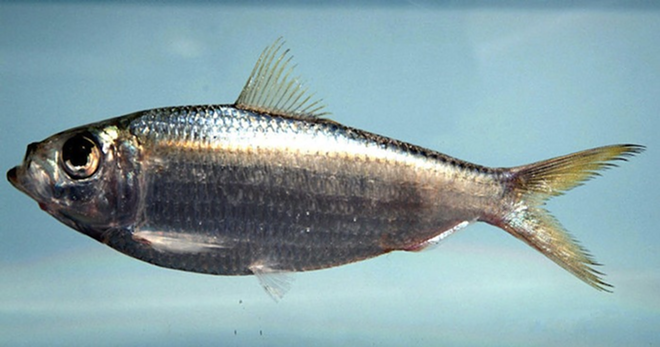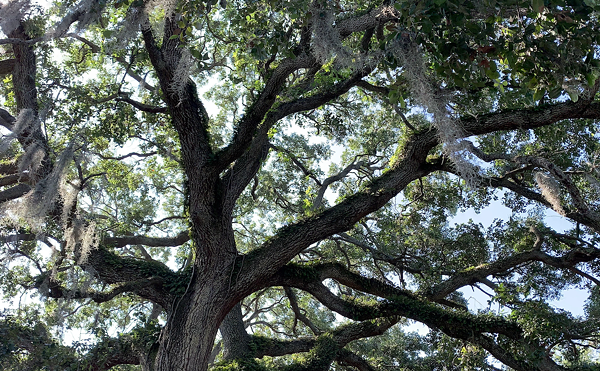It’s nice out. You’d like to do something by the water, but you’re kind of sick of just hanging out and/or drinking.
Why not go fishing?
Hey, that sounds fun! But wait. You haven’t been fishing in ages, and you didn’t know a whole lot about it even then. All you’ve got is an old pole (heh) and a smattering of hooks and weights; you wouldn’t know a weedless jerkbait from nuclear warhead, and would probably be equally unsuccessful manipulating either.
That’s OK. You don’t need a bunch of expensive gear or know-how to enjoy fishing from a pier, walking a seawall or wading around Tampa Bay. All you really need is a rod and reel, some terminal tackle and live bait. Plus, live bait is usually the best way to ensure that you’re gonna catch fish. Just about everything in the ocean eats something else, and it’s easy to get caught up in what live baits are best for what west central Florida species, but you really can’t go wrong with any of these three options.
If you’ve ever been saltwater fishing anywhere, ever, then you’ve probably had some experience with live shrimp. They’re cheap, comparatively hardy and widely available. You can fish ‘em pretty much any way you want, from under a bobber to sunk to the bottom with weights to freelined (cast without either a bobber or additional weight), and keep ‘em alive for hours as long as they stay in cool water. The best thing about live shrimp, of course, is that nearly everything will eat ‘em; snook, redfish, snapper, black drum, young grouper and tarpon, Spanish mackerel — seriously, nearly everything. That’s also the worst thing about live shrimp: expect to have your bait stolen often by fish too small to actually get hooked, and to pull in more than your fair share of slimy, spiny catfish, generally considered more annoyance than they’re worth for any fisherman over the age of, say, nine.
On the other end of the preferred-live-bait spectrum, you’ve got your scaled sardine, also known as whitebait or greenbacks. They’re pretty easy to catch in a castnet or on rigs that feature multiple tiny hooks (called sabiki rigs) in the summer, because they tend to school up in big, visible pods in shallow water. Whitebait are more “specialized” than live shrimp — anglers using them are usually targeting sporting species like snook, big trout and Spanish mackerel. The good news is, the number of “trash fish” you’ll catch goes down. The bad news is, the overall number of fish you’ll catch might go down as well; also, scaled sardines are more fragile than shrimp, and die quickly without an aerator or flow-style bait bucket you can keep in the water.
Somewhere in the middle lies a too-often-overlooked “secret weapon”: the pinfish. They’re literally everywhere, and easy to catch by the dozens on small hooks baited with bits of, well anything. They’re also eaten by a wider variety of gamefish than some folks realize; I’ve caught snook, redfish, jack crevalle, trout, ladyfish and more on pinfish presented under a popping cork to keep them out of the grass on the bottom.
We live in one of the best regions for saltwater angling in the state, and it doesn’t have to cost much — or anything! — to enjoy some relaxing recreational angling anywhere you can get to the water. Just remember: the bait goes on the pointy end.



















